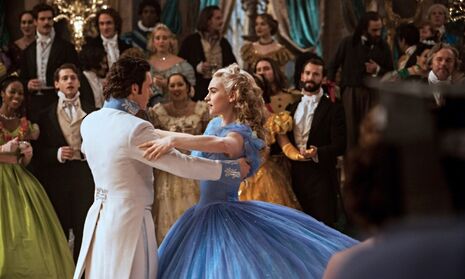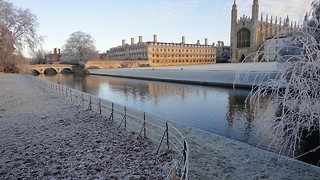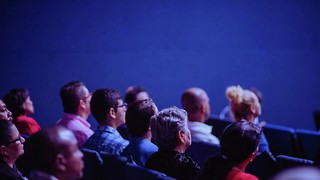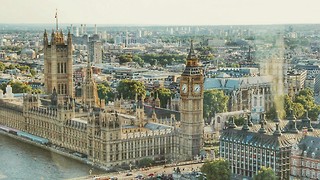Beauty and the Remake
Genevieve Cox defends Disney’s latest productions

From Roman and Greek myths and legends, to old-wives-tales and nursery-rhymes; from the Brothers Grimm and Perrault, to Chaucer, Spenser and Shakespeare; across continents, countries and overseas, the essence of the fairy-tale has translated from mouth to image, from text to screen.
For many of us, the most familiar memory of fairy-tales is from a childhood collage of Disney DVDs that featured our favourite heroes and heroines, our beloved side-kicks and nightmarish villains. The innocence of Disney’s animated classics has remained with us, through our troublesome teens to adulthood. Its simplistic portraitures of princesses and princes, talking animals and witty furniture through the magical art of animals is something that resonates in every child’s mind. This all begs the question: what exactly is Disney doing with all these remakes?
From Tim Burton’s Alice and Wonderland to Kenneth Branagh’s Cinderella, Disney are slowly but surely beginning to transform their classic animated movies into live action films, with Bill Condon’s Beauty and the Beast remake with Harry Potter alumna Emma Watson hitting our screens in 2017. With contemporary actors and actresses, exciting scenes of violent action, beautiful designer dresses and fantastic settings, these really do update the original animated colour-features. Yet something is lost in this updating of Disney originals.
From a production point of view, while the renewed editions certainly elaborate the basics of technicolour animation and add an element of reality to the glittering world of Disney, the simplicity and charm of cartoon drawings and comic voices undoubtedly is lost. No more is the violence of sword-fights and cruel step-mothers masked in one-dimensional images, but dramatized into Hollywood action.
The thematic side of things also hasn't been a complete success. Films such as Snow-White and the Huntsman (although not Disney) and Maleficent have offered us a conflicting portrayal of ethical dilemmas and an unpicking of the original fairy-tale narrative and plot through explaining why the villains are so ‘evil’. However critical and audience reaction towards these revisionist attempts have been cold to say the least. Meanwhile, feminist critics have debated the viability of the ‘ideal princess’ nowadays, especially given the success of girl power animations such as Brave and Frozen.
The most recent Cinderella does in fact remain truthful to Perrault’s, with the Guardian calling it “an unashamedly old-fashioned world of pumpkin coaches, glass slippers and chimes-at-midnight transformations”. Not only does it retain loyalty to iconic concepts but also reinforces stereotypical fairy-tale didacticism through its modernised moral: “have courage and be kind.” Remade Disney animated classics have retained the essence of their fairy-tale origins, re-imagined a world more relatable and realistic to a modern viewer.
While the recreation of animated Disney classics into action films has brought about much controversy, this transformation is not a negative corruption of the original. It may enhance scenes of sorrow or suffering, but it also offers relatable beauty and positivity too. Just as the essence of the fairy-tale has evolved from its mythic origins via word-of-mouth, to book, to art, to animation, it is natural that it should continue to evolve from animated classics into realistic recreation in our world of film.
 Comment / Anti-trans societies won’t make women safer14 November 2025
Comment / Anti-trans societies won’t make women safer14 November 2025 Comment / Be mindful of non-students in your societies12 November 2025
Comment / Be mindful of non-students in your societies12 November 2025 News / Stolen plate returned to Caius after 115 years12 November 2025
News / Stolen plate returned to Caius after 115 years12 November 2025 News / Controversial women’s society receives over £13,000 in donations14 November 2025
News / Controversial women’s society receives over £13,000 in donations14 November 2025 Theatre / The sultry illusions and shattered selves of A Streetcar Named Desire13 November 2025
Theatre / The sultry illusions and shattered selves of A Streetcar Named Desire13 November 2025








